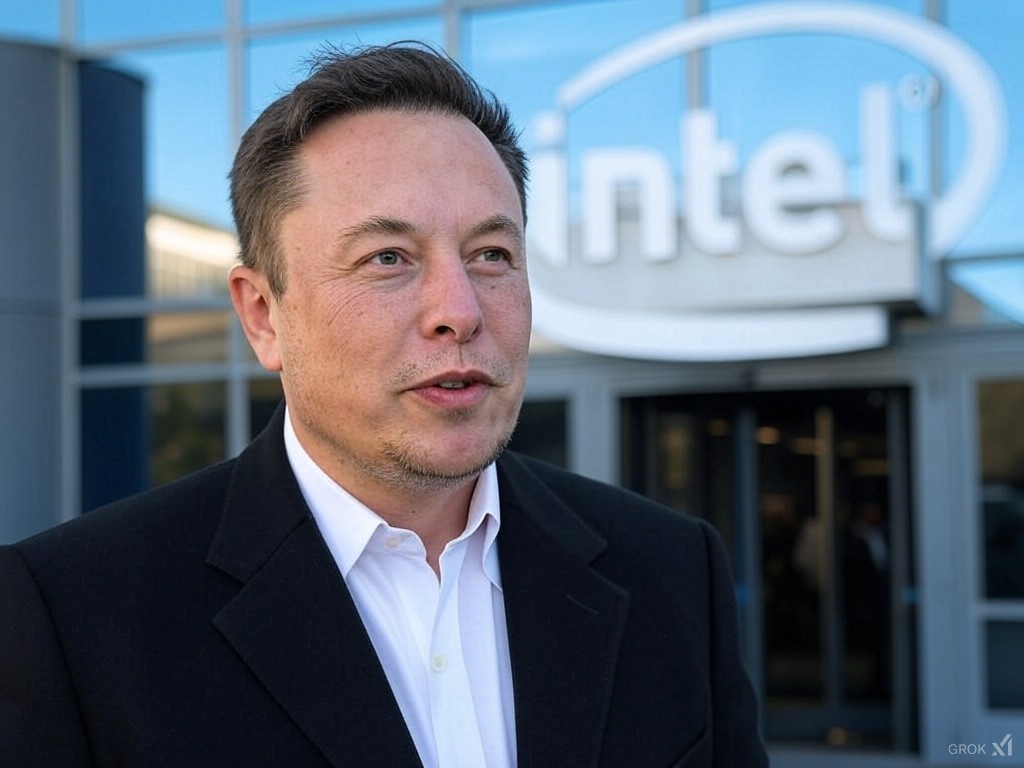Elon Musk’s company strengthens its technological offensive with the backing of global investors and focuses on unprecedented infrastructure for its Grok model.
The race to dominate the next generation of artificial intelligence (AI) has entered a new phase. The company xAI, founded by Elon Musk, has secured historic funding of $10 billion that combines debt and strategic equity. The goal: to build one of the largest data centers on the planet and continue developing its Grok model, a direct competitor to GPT-4 and Claude.
The announcement was made by Morgan Stanley, which led the operation and described it as a sign of confidence in xAI’s vision: “accelerating scientific discovery and expanding the collective understanding of the universe.” According to the bank, the funding includes $5 billion in secured debt and term loans, in addition to a $5 billion capital injection from strategic investors whose identities have not been revealed.
An Unprecedented Financial Boost for xAI
The debt round was oversubscribed, reflecting the appetite of major funds to participate in xAI’s ambitious infrastructure plan. According to Morgan Stanley, the combination of debt and equity reduces the average cost of financing and significantly expands the resources available to the company, enabling it to compete on equal footing with giants like OpenAI, Google DeepMind, Anthropic, or Meta AI.
“We are proud to support xAI in this milestone, which positions the company as a benchmark in AI and hyperscale data centers,” the firm stated in its announcement.
The funding comes at a time when Elon Musk has intensified his discourse for “safe and open” AI, in contrast to the more centralized models of his competitors. His Grok model, integrated into the social network X (formerly Twitter), has rapidly evolved and is already in its third generation.
Memphis, the Epicenter of AI Infrastructure
A significant portion of the raised resources will be used to enhance xAI’s computing capacity. Currently, the company operates a large data center in Memphis, Tennessee, which opened in July 2024 with an initial capacity of 150 megawatts (MW). In less than a year, the facility has doubled its capacity thanks to the addition of over 100,000 NVIDIA Hopper GPUs, becoming one of the world’s most powerful AI clusters.
However, the expansion has also generated controversy. xAI has been sued for allegedly operating 26 natural gas turbines without the proper permits, used to power the data center. The company has yet to issue statements regarding the litigation, but sources close to the matter assert that the expansion plan is proceeding.
At the same time, the company has acquired another plot of over 92,000 square meters in the Tulane Road area, also in Memphis, where it plans to build a second large-scale data center, though there is no confirmed start date for construction.
A Distributed and Sovereign Network
Unlike other players in the sector that rely on public cloud, xAI bets on a sovereign and distributed infrastructure model, with a strong component of in-house manufacturing and energy. This strategy aims to minimize dependence on third parties like Amazon Web Services, Google Cloud, or Microsoft Azure.
However, according to recent reports, xAI is also using computing capacity from Oracle Cloud to train and run inference workloads on its new Grok models. This collaboration points to a hybrid and flexible strategy, where in-house resources are combined with specific partnerships to accelerate development timelines.
Valuation and Future of the Project
According to sources from Reuters, xAI is also in negotiations to raise an additional $20 billion in capital, which would raise its valuation to between $120 billion and $200 billion. If confirmed, it would be one of the largest financial moves in the tech sector since NVIDIA’s IPO or SoftBank’s acquisition of ARM.
Musk’s strategy seems clear: build a complete and scalable alternative to OpenAI’s closed model, based on transparency, control over infrastructure, and speed of deployment. The businessman’s stated objective is ambitious: “to create an artificial intelligence that seeks the truth, not just to please.”
A Future Connected to Hardware
Beyond software, xAI’s focus also aims to lead in the physical realm. The construction of massive data centers, the use of in-house energy, and the manufacturing of specialized hardware are key components of a vision reminiscent of the early days of Tesla or SpaceX: verticalizing control to innovate faster and with less external dependency.
With this capital injection, Elon Musk seeks to accelerate that vision. If successful, xAI could not only change the landscape of global artificial intelligence but also redefine how the critical infrastructure of the 21st century is built and operated.
Source: Artificial Intelligence News

